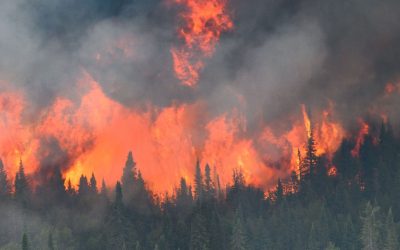Ross McKitrick, Abdulrahman Khogali and Elmira Aliakbari
“Brownfields,” or building sites contaminated by past users, need to undergo some level of remediation prior to their redevelopment. Ontario’s brownfield remediation rules underwent a major revision in 2011. The new rules are much more standardized and prescriptive than they were before. While this has, theoretically, removed much of the uncertainty about what is required for an environmental assessment and site clean-up, the new rules are also slowing down approvals for construction projects. Some professionals in the property remediation and development field have expressed concerns that projects are being put at risk due to unnecessary costs and delays, which create a bottleneck for economic development. They also say urban sprawl is being encouraged because it is costlier to remediate previously-developed urban lands than it is to build on land that has never been developed.
The authors interviewed 10 experienced insiders in the field of Ontario site remediation and risk assessment to get their frank, unbiased assessments of the Ontario brownfield regulations. While the experts agree the rules have removed much of the guesswork around meeting cleanup standards, and have clarified who is qualified to do the work, the rules have also created new problems that need to be addressed. Specifically, the interviewees highlighted bottlenecks and delays in the Ontario Ministry of the Environment and Climate Change, poor communication between the ministry and practitioners in the field, and an inconsistent application of the rules.
This paper explains each of these proposals and provides a rationale.
Read the entire paper here: PS190_ONT-CSRC_CF1



